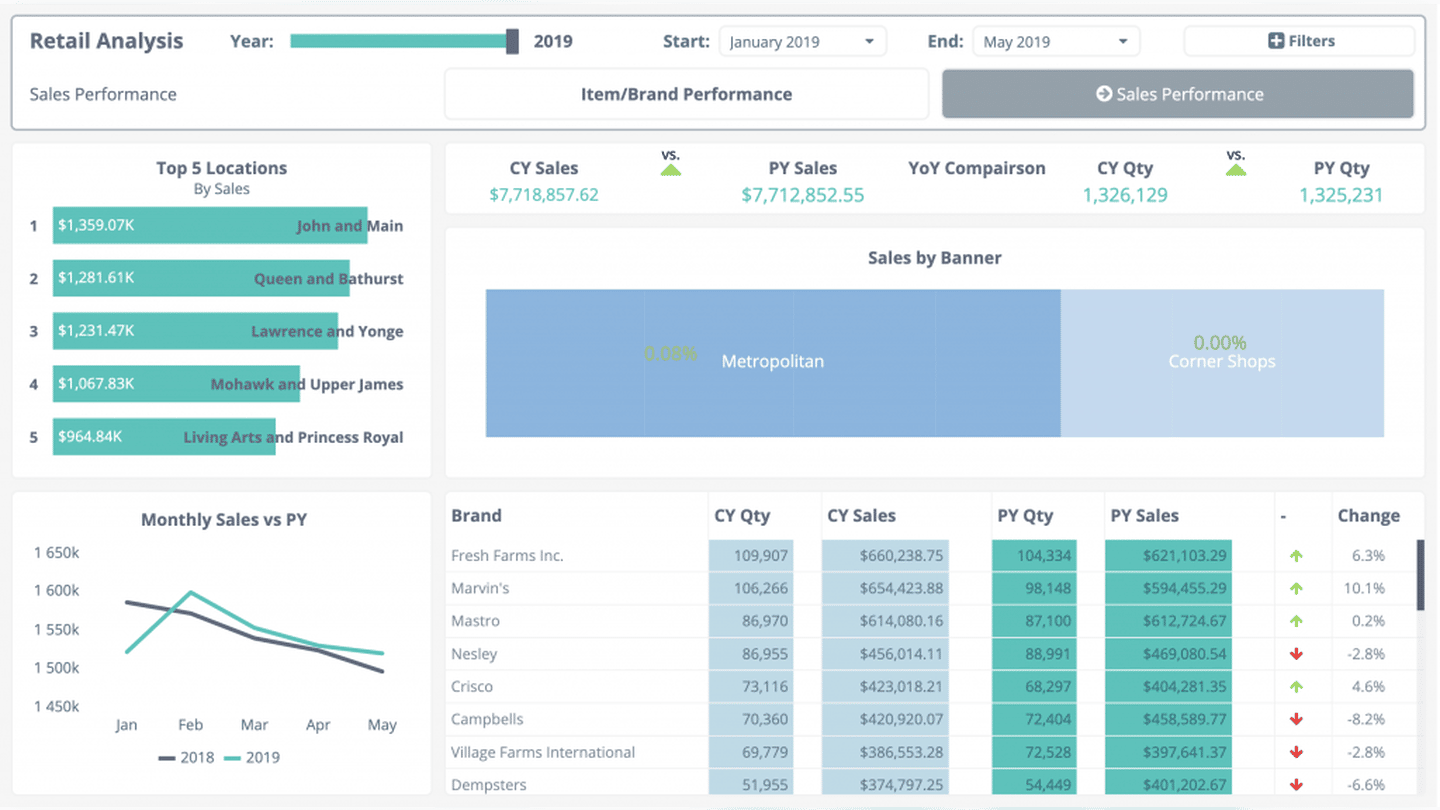Are you looking to energize your sales team, boost sales and strengthen employee cohesion? The sales challenge is a motivating lever for achieving these objectives. Between the choice of performance indicators, the selection of motivating rewards and the follow-up of results, several key stages determine the success of your operation. In this article, you’ll discover :
- What a sales challenge is and why organize one
- The different types of challenge and how to choose the right format
- Concrete examples and ideas for effective rewards
- Key steps for setting smart goals and measuring results
- Digital tools for real-time monitoring
- Mistakes to avoid and 2025 trends
Sommaire
What is a sales challenge and why organize one?
Before launching a challenge, it’s important to understand its nature and benefits. A well-designed sales challenge transforms your corporate objectives into a motivating challenge for your sales teams. It’s a temporary managerial operation designed to stimulate sales team performance through competition, motivation and rewards. Unlike traditional bonuses, this scheme is designed to run for a given period, with precise challenge rules and a motivating reward system.
Objectives vary according to your needs: increasing sales, launching a new product, boosting prospecting, improving conversion rates or strengthening team cohesion. The key lies in its ability to create a collective dynamic and align sales actions with your strategy.
Lately, challenges are evolving towards a more digital and personalized dimension. Artificial intelligence, real-time dashboards and gamification make them more engaging. Companies adopting these approaches report an 18% drop in turnover and a significant improvement in sales performance.
The objectives of a sales challenge: motivate, animate, perform
A sales challenge serves several purposes beyond simply increasing sales. It’s also about creating a group and individual dynamic. Here are the main levers for impacting your sales force.
- Stimulate individual performance: thanks to emulation, personalized objectives and recognition of efforts, each participant can visualize his or her progress and measure the impact of his or her actions.
- Strengthen team cohesion: collective challenges create a common goal that transcends rivalries. This dynamic enhances collective intelligence, with productivity gains of up to +28%.
- Align actions with strategy: direct efforts towards a new market, a new product or the adoption of a CRM tool. This flexibility enables you to react quickly to one-off challenges, such as a drop in activity.
- Meeting new expectations: generations Y and Z are looking for meaning, recognition and personal development. Challenges offer an enriching experience that nurtures their long-term commitment.
The different types of sales challenges
The choice of format determines the effectiveness of your challenge. Here are the main types of challenge you need to be aware of, to adapt them to your sales team.
Individual vs. team challenge
Individual challenges stimulate personal performance and competitive spirit. 65% of salespeople appreciate this format, which allows them to shine individually. It works well with short sales cycles, where each participant quickly sees the effect of his or her actions. Collective challenges, on the other hand, focus on cooperation and the sharing of best practices. The common objective generates a +28% increase in productivity by promoting mutual support. This format strengthens cohesion in multi-location sales forces.
There’s a hybrid format that combines the two approaches: participants accumulate individual points while contributing to the team score. This mechanic balances personal performance and collaboration.

Short-term vs. long-term challenge
The length of the challenge is a critical parameter. A short challenge (1 week to 1 month) creates high intensity for one-off operations: product launch, end-of-quarter boost. Longer challenges (several months) work on deep-seated transformations and the anchoring of new skills. But be careful: beyond three months, you need to include intermediate stages and regular events to maintain commitment.
The ideal duration depends on your sales cycle. For short-cycle products, opt for condensed periods. For complex sales, opt for longer challenges, with a focus on average performance indicators.
Quantitative vs. qualitative challenge
The quantitative challenge focuses on quantified metrics such as sales, number of sales, volume of new customers. This approach offers a high degree of transparency in real-time monitoring. The qualitative challenge focuses on customer satisfaction, compliance with sales processes and the quality of CRM information. This approach encourages virtuous behavior that generates added value over the long term.
That said, the trend is towards multi-KPI challenges combining quantitative and qualitative elements. For example: sales (60%), customer satisfaction (25%), CRM quality (15%), creating a fair evaluation system.
Concrete examples of effective sales challenges
To inspire you, here’s a selection of tried-and-tested formats, from the ever-popular classics to innovative approaches.
- Progressive Challenge: offers a series of increasing rewards. This mechanism keeps everyone motivated, even those who aren’t aiming for first place.
- Race” challenge: rewards the first to reach the target, creating a stimulating sprint dynamic. Perfect for rapidly mobilizing people around a new offer.
- Score max” challenge: awards points for each sales action (calls, appointments, proposals). Rewards continuous effort, suitable for long cycles.
- Digital challenge with AI: automatically adapts objectives according to real-time performance. Personalizes the experience and maintains an optimal degree of difficulty.
- Epic Cooperative” challenge: the whole team takes up an ambitious challenge together (conquering 1/3 of the market). Powerful reinforcement of corporate culture and collective spirit.
- Lottery” challenge: each sale gives tickets for a prize draw. Everyone has a chance to win, whatever their usual place.
Ideas for motivating rewards
68% of sales reps prefer financial incentives such as bonuses, gift vouchers and gift cards. But diversify to maximize commitment:
- Symbolic rewards: trophies, digital badges with public celebration
- Personal development: premium training, mentoring, exclusive professional events
- Memorable experiences: trips, adventure activities, original team building, VIP access
- Customized Marketplace: 100,000+ items for everyone to choose their own reward
Key stages in designing a successful sales challenge
The preparation of a challenge determines 80% of its success. Follow these steps to create a system that motivates the sales force and generates a measurable return on investment.
Define clear, measurable objectives
Start with an initial diagnosis, analyze your performance indicators, identify areas for improvement and understand your employees’ aspirations. Apply the smart objectives method: Specific, Measurable, Achievable, Realistic and Time-defined. Avoid vagueness: “increase the number of new SME customers by 20% by the end of the quarter” is much more motivating than “improve sales”.
Balance: aim for a 15-25% improvement on usual performance, ambitious enough to stimulate without discouraging.
Choosing the right performance indicators
| Type of indicator | Examples | Best use |
|---|---|---|
| Results | Sales, new customers | Short cycles, simple products |
| Means | Calls, appointments, proposals | Long cycles, complex sales |
| Qualitative | Satisfaction, NPS, CRM quality | Customer relationship strategy |
Adapt the format and determine the duration
Analyze your sales team (level of experience, homogeneity of profiles, degree of competitiveness). In a team with wide gaps, give priority to tiers or categories (junior, experienced, senior) to ensure fair competition. The optimum period is between 4 and 12 weeks. This length of time helps to build momentum and maintain attention without becoming tiresome. For longer challenges, plan intermediate stages with mini-rewards.
Define practical details such as detailed rules, calculation methods, frequency of updates and verification processes. This transparency prevents misunderstandings and disputes.
What tools are needed to manage and monitor a sales challenge?
Digitalization is no longer an option. The right tools guarantee real-time monitoring, maintain commitment and free managers from administrative tasks.
- Specialized platforms offer complete solutions integrating gamification, automated tracking and reward management. Each participant instantly sees his or her progress and ranking. You’ll also find dedicated gift solutions like Illicado.
- Dashboards must offer several levels: global view, individual ranking, analysis by indicator. Mobile accessibility enables sales reps to check their progress between appointments.
- CRM integration automates data retrieval and ensures that scores reflect reality in real time. This synchronization eliminates errors and streamlines the operation.
How to maximize engagement during the challenge?
Maximizing team commitment during the challenge rests on four complementary pillars that transform a simple competition into a motivating experience. Ongoing communication and animation create the framework, a pre-launch teaser generates anticipation, a landmark start-up event kicks things off, then regular milestones and performance celebrations keep the challenge fresh in people’s minds throughout. Gamification makes the experience fun by integrating game elements such as points, levels, badges and dynamic rankings, ideally dressed up with an engaging theme that transforms your business objectives into a genuine collective quest.
The third lever is real-time feedback. Every action taken by a participant should immediately result in a score update, creating an addictive positive reinforcement loop that encourages the multiplication of initiatives. Last but not least, wider recognition not only rewards the outright winners, but also the best progress, the best team spirit or the most creative sales action, enabling a greater number of employees to shine and stay motivated right up to the last day of the challenge.
Mistakes to avoid when organizing a sales challenge
Certain recurring mistakes can ruin the impact of your challenge. Here are the pitfalls to avoid if you want your operation to succeed.
- Unclear or unrealistic objectives: “improving performance” provides no benchmarks. Out-of-reach goals kill motivation before it starts. Set a challenge that’s ambitious but achievable with reasonable effort.
- Misaligned rewards: awards that don’t match expectations waste resources and demotivate. Ask your sales reps about their preferences. Make sure the perceived value justifies the effort required.
- Lack of follow-up: a challenge launched and then abandoned sends the message that it’s not important. Without regular animation, participants become demotivated. Maintain well-calibrated weekly communication.
- Lack of closure: a challenge that ends without celebration or assessment leaves a taste of unfinished business. Organize an awards ceremony that rewards all participants and shares the results achieved.
Measuring the impact of a sales challenge
The post-challenge evaluation demonstrates your return on investment and feeds into the improvement of future editions. It’s also important that you learn from your experience so that you can duplicate and improve your work. To do this, you can :
- Establish a baseline: what was the pre-launch performance on each indicator? This baseline can be used to calculate the precise gap generated.
- Analyze on several levels: achievement of the overall objective, individual progress of each participant, comparisons between teams or zones. These breakdowns reveal where the challenge worked best.
- Calculate ROI: compare the total cost (rewards, tools, management time) with the sales gains generated. Measure indirect benefits too: improved CRM, adoption of new methods, lower turnover.
- Gather feedback: ask participants about their experience via a questionnaire. This feedback is your best source of improvement for future editions.
Trends for sales challenges in the years ahead
The sales challenge landscape is changing fast. Major new trends are emerging, transforming the way sales challenges are organized. These include digitalization and artificial intelligence, which offer real-time monitoring and complete automation. AI personalizes objectives, dynamically adapts parameters and predicts results so you can intervene proactively. You also need to think about CSR and QWL alignment. Challenges are integrating societal concerns (tree planting, charitable donations) that give a broader meaning to the commercial effort. Rewards are evolving towards well-being (extra time off, personalized coaching, development activities).
In short, organizing an effective sales challenge combines smart objectives, a format tailored to your sales team, high-performance digital tools and personalized rewards. By integrating current trends (AI, personalization, CSR) and avoiding classic pitfalls, you’ll create an excellent way to sustainably boost your sales force’s performance while strengthening the commitment and cohesion of your sales teams.





